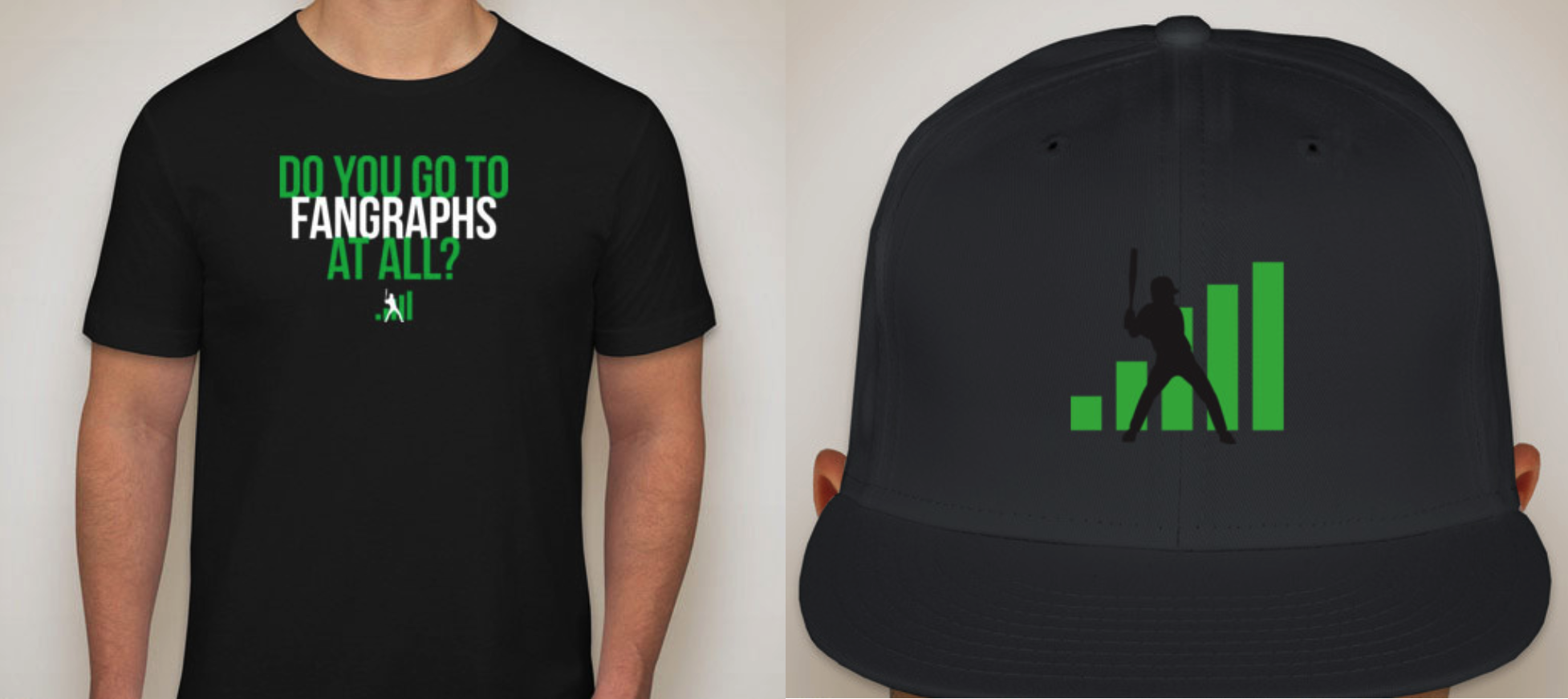How They Got There: The 1990-1999 AL MVPs
Last week, I revisited how the National League MVPs of the 1990s were acquired. Six were either signed as free agents or acquired via trade, which is in stark contrast to the American League list. Of the eight different AL MVPs, six were homegrown and one of the other two had been re-acquired by his original team at the time he won. Only one of those six homegrown players, however, remained with their respective team throughout their entire career, as Chipper Jones and Barry Larkin did on the NL side.
Here’s a look back at how the AL MVPs of the 1990s were acquired.
| Rank | Name | Team | Age | How Acquired | PA | HR | SB | OPS | wRC+ | WAR |
|---|---|---|---|---|---|---|---|---|---|---|
| MVP | Rickey Henderson | OAK | 31 | Trade (NYY) Jun’89 | 594 | 28 | 65 | 1.016 | 190 | 10.2 |
| 2nd | Cecil Fielder | DET | 26 | Free Agent (JPN) Jan’90 | 673 | 51 | 0 | 0.969 | 165 | 6.5 |
| Rank | Name | Team | Age | How Acquired | W | L | IP | FIP | ERA | WAR |
| 3rd | Roger Clemens | BOS | 27 | Drafted 1st Rd (19) ’83 | 21 | 6 | 228.1 | 2.18 | 1.93 | 6.5 |
Rickey Henderson won his lone MVP award during his second of four stints with the A’s; the team originally drafted him out of Oakland Technical High School in the fourth Round of the 1976 amateur draft. Traded to the New York Yankees in December 1984 after six stellar seasons to begin his big league career, the A’s brought their former leadoff man back home four-and-a-half-years later. Read the rest of this entry »



